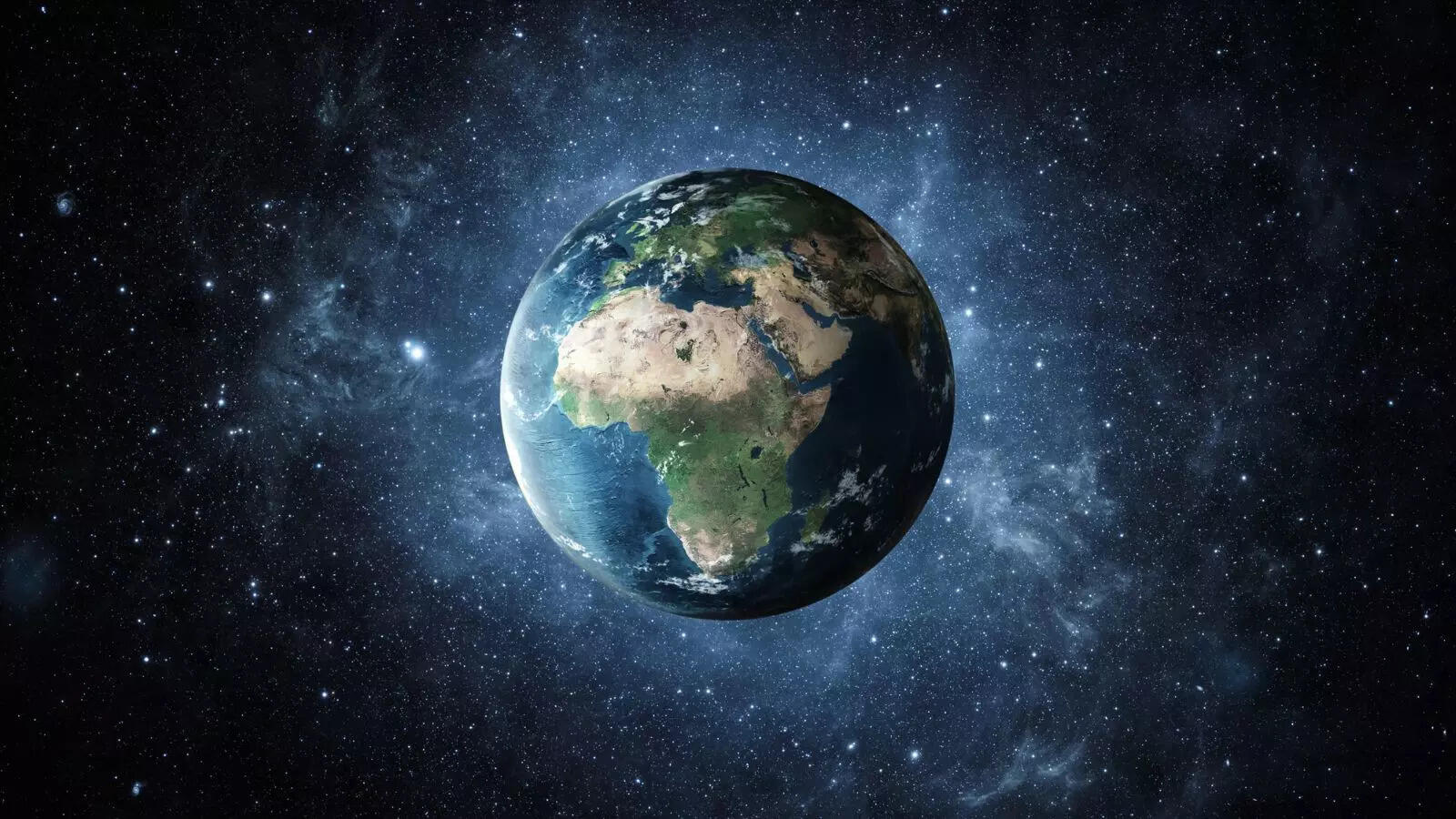Japanese Study Hints at Earth-Like Planet in Our Solar System's Vicinity, Closer than Planet Nine
In the ongoing discussion surrounding the mysterious " Planet Nine ," which scientists have been theorizing about in the distant regions of our solar system, two Japanese researchers have recently presented a novel hypothesis suggesting the presence of a smaller, Earth-like planet that is situated closer to us than the debated Planet Nine.
The scientific community has been engaged in a prolonged discussion regarding the possible presence of Planet Nine, a theoretical large terrestrial planet. This discourse began following the reclassification of Pluto from a planet to a dwarf planet.
So far, the farthest known object within our solar system is located about 132 astronomical units away from the Sun. To provide some perspective, Pluto orbits at an average distance of roughly 40 astronomical units from the Sun.
In a recent article featured in The Astronomical Journal, planetary scientists Patryk Sofia Lykawka of Kindai University in Japan and Takashi Ito from the National Astronomical Observatory of Japan have put forward an alternative hypothesis.
They suggest the existence of a planet similar in size to Earth , with an inclined orbit around the Sun, located in closer proximity to the disputed Planet Nine.
Recent discoveries of Trans-Neptunian objects (TNOs) situated far beyond Neptune have captured the attention of scientists. These objects exhibit an intriguing tendency to cluster together, sparking speculation about the existence of an unseen realm and the possibility of a ninth planet concealed beyond our current observational capabilities.
“We predict the existence of an Earth-like planet and several trans-Neptunian objects on peculiar orbits in the outer solar system, which can serve as observationally testable signatures of the putative planet’s perturbations,” stated the researchers.
Researchers have identified a multitude of Trans-Neptunian Objects (TNOs) that exist beyond Neptune, comprising icy rocks and dwarf planets. These objects are situated at distances from the Sun of approximately 30 astronomical units, extending as far as our observational capabilities allow. This expanse is commonly referred to as the Kuiper Belt, with the objects it encompasses being designated as TNOs.
Lykawka and Ito assert that they have identified the attributes of a theoretical planet capable of explaining... “three fundamental properties of the distant Kuiper Belt: a prominent population of TNOs with orbits beyond Neptune’s gravitational influence, a significant population of high-inclination objects, and the existence of some extreme objects with peculiar orbits.”
Two scientists have determined that the mass of this potential Earth-like planet could vary from 1.5 to three times that of Earth. Additionally, this planet's farthest distance from the Sun in its orbit would range between 250 and 500 astronomical units, and it would have an inclination of 30 degrees relative to the plane of the solar system.

The scientific community has been engaged in a prolonged discussion regarding the possible presence of Planet Nine, a theoretical large terrestrial planet. This discourse began following the reclassification of Pluto from a planet to a dwarf planet.
So far, the farthest known object within our solar system is located about 132 astronomical units away from the Sun. To provide some perspective, Pluto orbits at an average distance of roughly 40 astronomical units from the Sun.
In a recent article featured in The Astronomical Journal, planetary scientists Patryk Sofia Lykawka of Kindai University in Japan and Takashi Ito from the National Astronomical Observatory of Japan have put forward an alternative hypothesis.
They suggest the existence of a planet similar in size to Earth , with an inclined orbit around the Sun, located in closer proximity to the disputed Planet Nine.
Recent discoveries of Trans-Neptunian objects (TNOs) situated far beyond Neptune have captured the attention of scientists. These objects exhibit an intriguing tendency to cluster together, sparking speculation about the existence of an unseen realm and the possibility of a ninth planet concealed beyond our current observational capabilities.
“We predict the existence of an Earth-like planet and several trans-Neptunian objects on peculiar orbits in the outer solar system, which can serve as observationally testable signatures of the putative planet’s perturbations,” stated the researchers.
Researchers have identified a multitude of Trans-Neptunian Objects (TNOs) that exist beyond Neptune, comprising icy rocks and dwarf planets. These objects are situated at distances from the Sun of approximately 30 astronomical units, extending as far as our observational capabilities allow. This expanse is commonly referred to as the Kuiper Belt, with the objects it encompasses being designated as TNOs.
Lykawka and Ito assert that they have identified the attributes of a theoretical planet capable of explaining... “three fundamental properties of the distant Kuiper Belt: a prominent population of TNOs with orbits beyond Neptune’s gravitational influence, a significant population of high-inclination objects, and the existence of some extreme objects with peculiar orbits.”
Two scientists have determined that the mass of this potential Earth-like planet could vary from 1.5 to three times that of Earth. Additionally, this planet's farthest distance from the Sun in its orbit would range between 250 and 500 astronomical units, and it would have an inclination of 30 degrees relative to the plane of the solar system.
Next Story